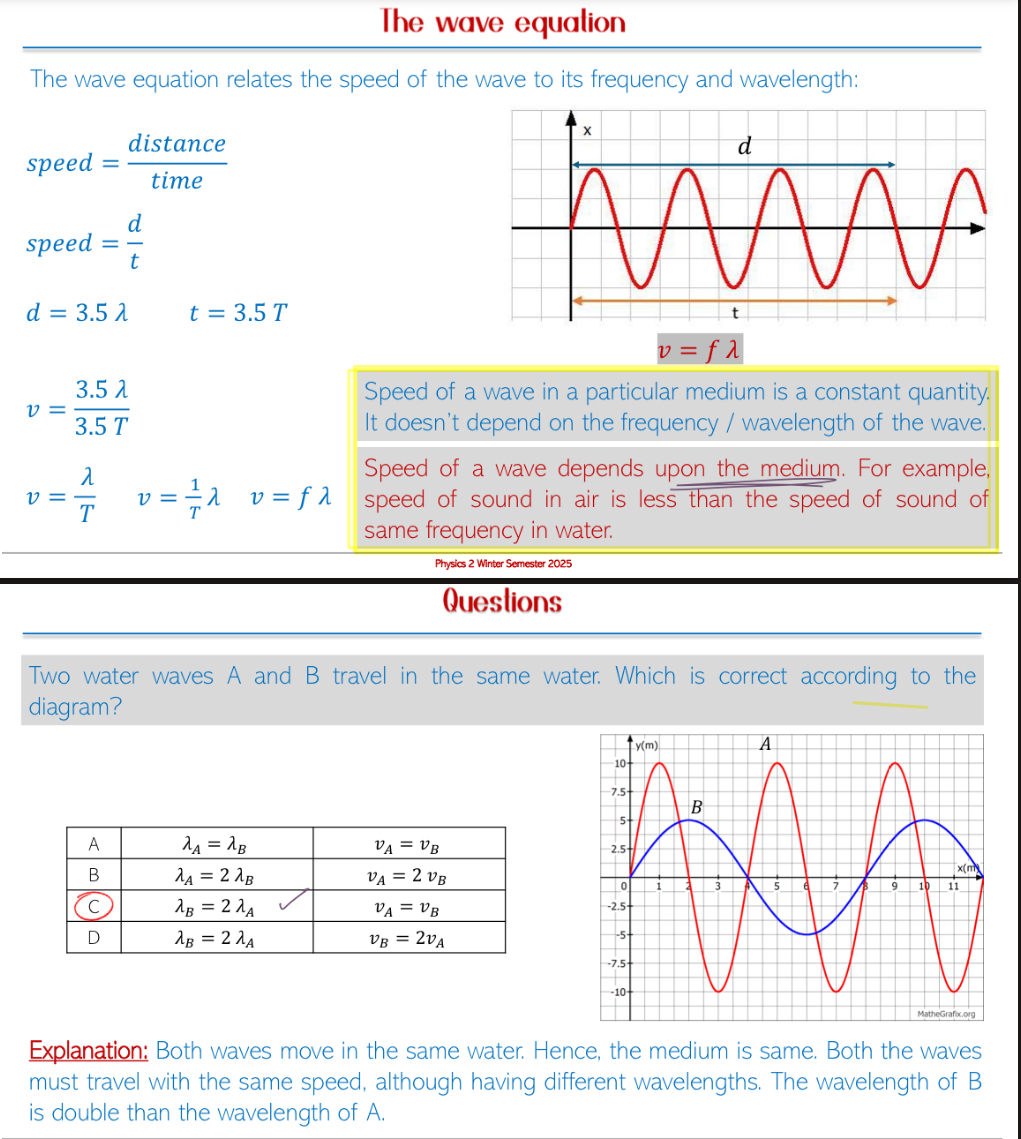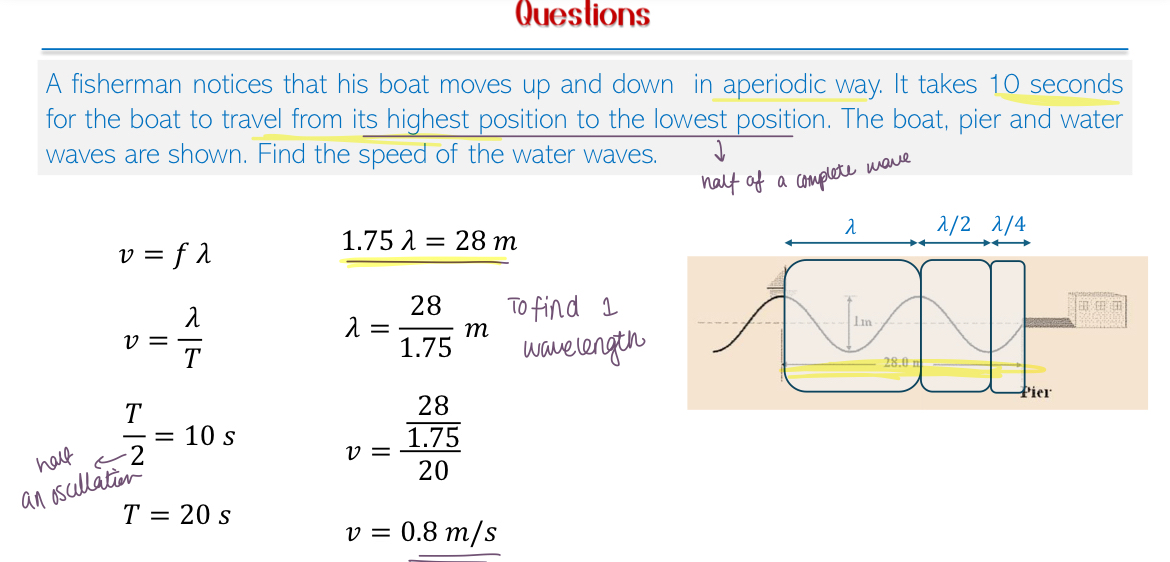Properties of Waves - Part A
Introduction to Waves
Waves are disturbances that transfer energy without the transfer of matter.
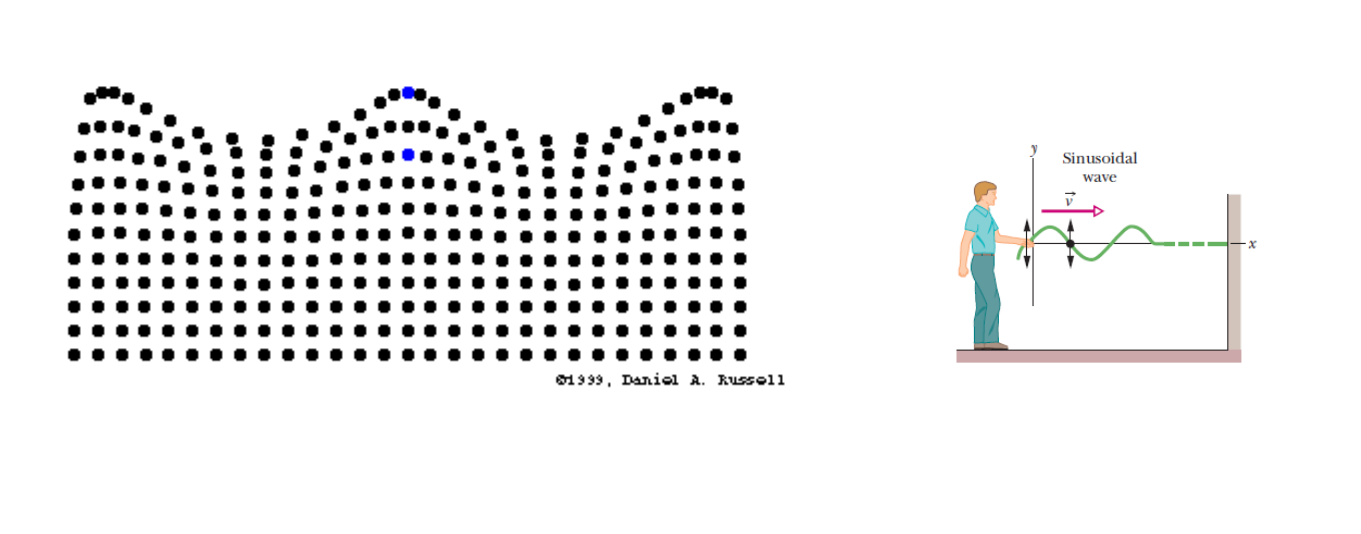
Types of Waves
1. Mechanical Waves
Require a medium to travel (e.g., sound waves, water waves, and string waves).
Sound Waves: Produced by oscillations of particles in the medium.
String Waves: Produces by oscillations of the string elements.
Water Waves: Arise from the motion of water particles in the medium.

2. Electromagnetic Waves
Do not require a medium; can travel through a vacuum.
Generated by oscillations of electric and magnetic fields that are perpendicular to each other—travel perpendicular to both of the fields.
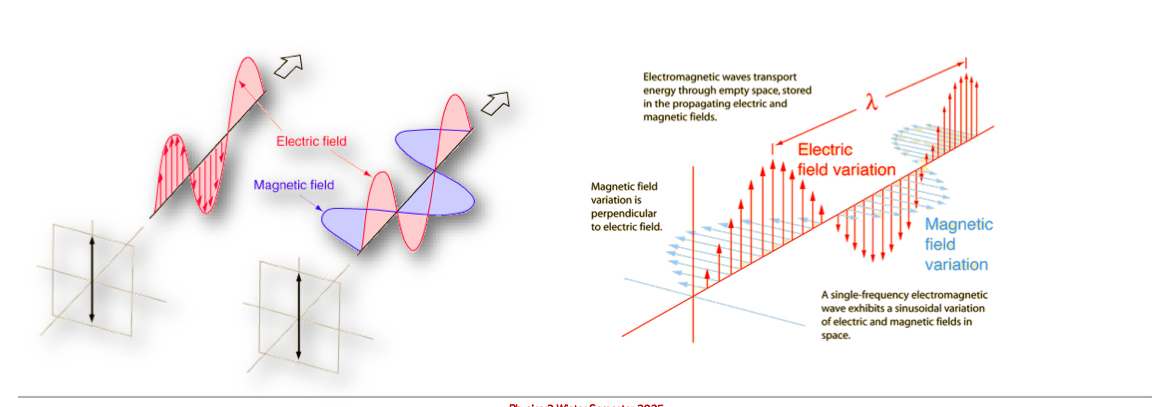
Speed in Vacuum: All electromagnetic waves travel at a speed of 3 x10^8 m/s —fastest things in the universe.
Electromagnetic Spectrum: The set of all electromagnetic waves arranged according to wavelength/frequency.
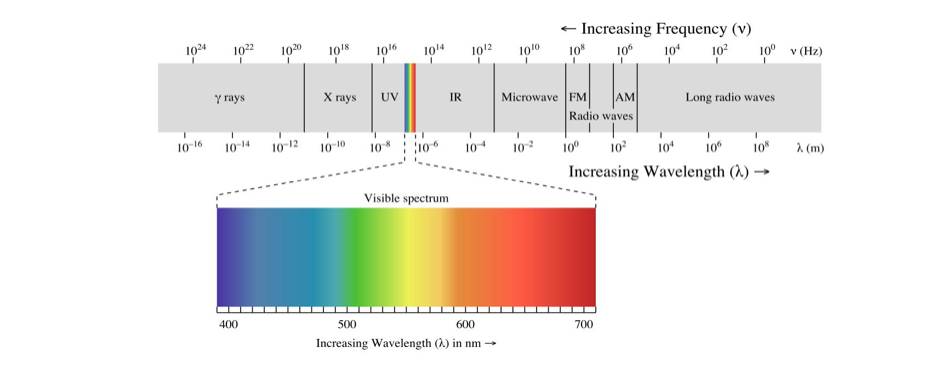
3. Matter Waves
Associated with moving particles; exhibit wave behavior.
Detectable only when the particle is very small and moves at high speed (e.g., electrons, protons, atoms and molecules).

de Broglie's Equation:
wavelength of the wave associated with the moving particle is given by:
\lambda = \frac{h}{p}
where h = 6.63 \times 10^{-34} J·s (Planck's constant) and p is momentum of the particle given by p = mv.
Wave Behavior
Longitudinal Waves
Particle movement is parallel to the direction of wave/energy travel.
Travel by creating compressions (high pressure) and rarefactions (low pressure).
Examples: Sound waves, certain seismic waves.

Transverse Waves
Particle movement is perpendicular to the direction of wave/energy travel.
Examples: String waves, water waves, light.

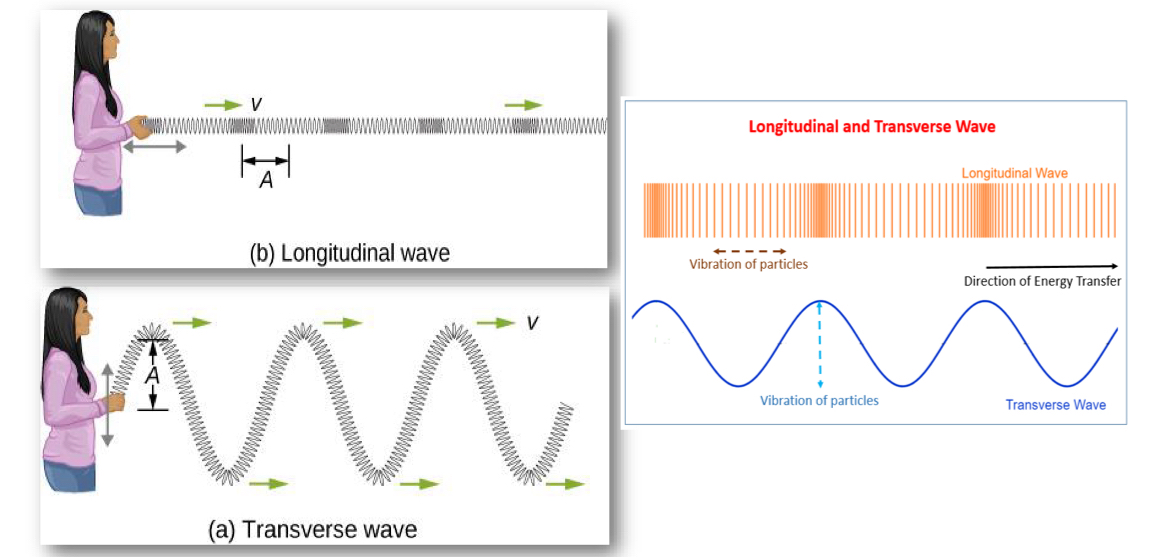
Wave Representation
Waves can be represented using:
Displacement-Time Graphs: Shows how displacement varies with time.
Displacement-Distance Graphs: Shows how displacement varies with distance.
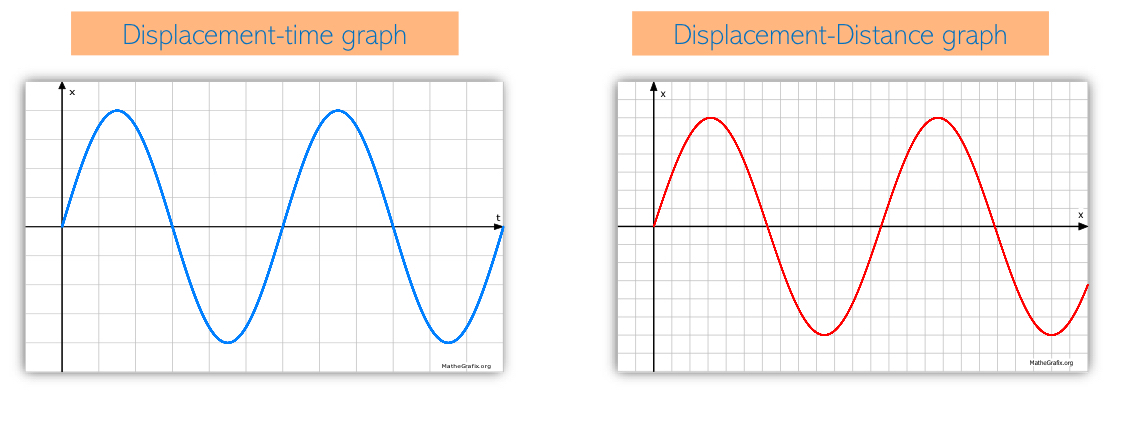
Wave Properties
Time Period (T): Time taken to complete one cycle of oscillation.
T= time/number of cycles (T=t/N)
Frequency (f): Number of cycles completed in one second; measured in Hertz (Hz).
f = \frac{N}{t} where N is the number of cycles and t is the time.
Pulse: The smallest part of a wave describing all properties.
Amplitude: Maximum displacement from equilibrium position.
Wavelength (λ): Distance between two corresponding points on the wave, measured in meters.

Wave Equations
Wave Speed Equation: v = f \lambda
The speed of wave depends on the medium, not on frequency/wavelength.
Example:
Speed of sound in air is different from the speed in water.
Example Problems
Special Scenarios
